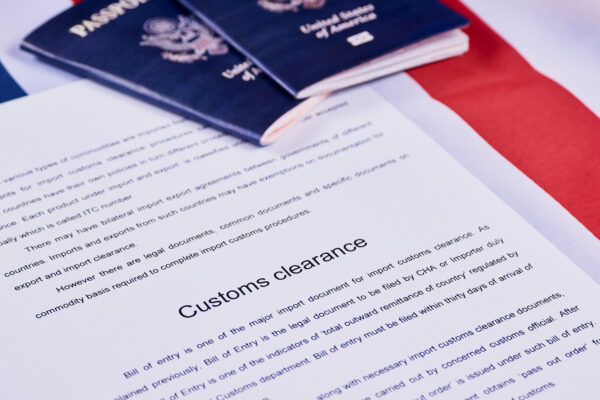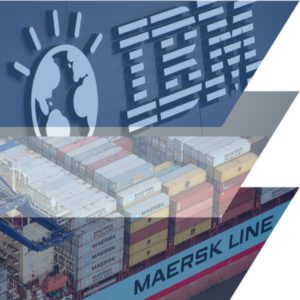One of the most essential things a shipper should know before shipping freight internationally is the documents in customs clearance. Customs clearance is the procedure of declaring goods to customs authorities when bringing them into a country. In The U.S., they are the Customs Borders and Protection (CBP). Knowing what paperwork to provide can help simplify the transportation process and help prevent delays. There may be different documentation that a shipment needs depending on the commodity that is being imported/exported. This article will explain the more common types, and you should speak to a customs broker for a detailed explanation.
Why Is Understanding The Documents In Customs Clearance Important?
When bringing shipments into the U.S., having the correct documentation can save time and money. Incorrect or missing paperwork can result in customs placing a hold on your shipment. A business with customers can look bad if they cannot deliver their products on time. Freight that customs don’t release may also start collecting storage fees at the port, which is unfavorable for the shipper.
Documents for Clearing Customs
Commercial Invoice – This document is given to the customs officials to evaluate the value of the cargo. Customs also use the commercial invoice to determine the duties and tariffs they will assess to the shipper. It may include the freight description, information about the buyer and seller, shipment details, etc.
Bill of Lading or Airway Bill – When imports enter a country, the carrier gives the BL/AWB to customs. Customs require a bill of lading when goods enter the country using an ocean vessel, and they need an airway when an air carrier is the method. These documents are not only a receipt for what the shipper is transporting but also provide tracking information. Also, if the goods are lost or damaged, these forms are necessary for reimbursement.
Certificate of Origin – Customs use the certificate of origin to verify the country in which the export is taking place. This can be for various reasons, including political or if specific laws are in place. Check with your country’s chamber of commerce to see if it is a necessary document for your shipment.
Packing List – This is the physical description of what the shipper is transporting. It may include the dimensions, weight, and contact info. Although it is like the commercial invoice, it does not cover the fees associated with the cargo. It should, however, match the details on the invoice.
Arrival Notice – When the goods enter the destination country, the carrier sends the arrival notice to the consignee or receiver. This lets the consignee know the location details of the shipment. The arrival notice itself does not mean that the goods are available for release and allows for customs clearance arrangements. Custom brokers then provide the required documents for the release of the goods.
Contacting a Customs Broker
Along with the documents in this article, customs may require additional depending on the shipment. For example, importing firearms, chemicals, and plants requires different licenses. Since having correct paperwork can be intimidating for inexperienced shippers, they usually hire a customs broker to handle the process. If you plan on bringing cargo into the U.S., contact A1 Worldwide Logistics at 305-821-8995 to start. Along with assisting with documentation, our customs brokers offer various solutions to ensure the clearance of your goods.





